It's the oldest unanswered question, since 5 years olds have been on road trips, "What comes first, the chicken or the egg?"
I'd like to pose that same question for hooves. Where do they come from? They are always just THERE!
How does the hoof grow if it was always "there" in the first place? Can we tell? This is my best guess and a sprinkle of logic.
We have a hoofwall, designed tough and thick; durable to nicking rocks, brush, mud and sand. It outlasts all the elements, like snow, wind, rain and hours upon hours of sunlight. Pretty tough. Sort of like our nails. Where their nail visibly starts growing is a bit like our cuticle. It’s the meeting of flesh and nail fibers. Theirs is called the coronet or coronary band. Both words mean “something that encircles something, like a crown” and both come from the Latin word for crown.
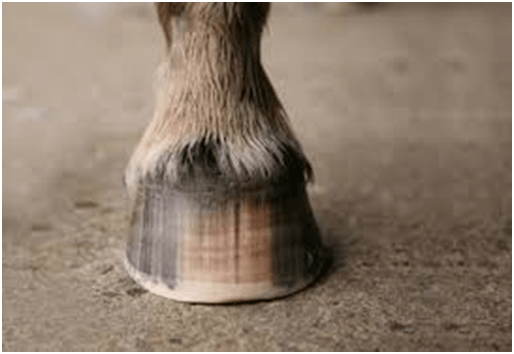
If we looked at our fingers, our nails only go partway around. Horses go most of the way around. However, they don’t grow in a “tube”. Let’s go the beginning and see how the hoof first meets the world to get an idea of how the body grew it.
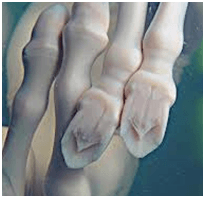

Holy octopus-toes, Batman! You can see in the womb, the foal’s hooves are shaped, seemingly, like our own fingernails. They don’t give the impression of growing in a tube, more rather look to be growing “mostly around”. When the foal is born, clearly there are two materials at work here. There is the hoofwall with one durability and appearance, and then there is “the rest”.
Within a day or two of walking around, all the octopi wear off of the foal’s hooves and we see what looks like a “hoof” to us. We can clearly see a hoofwall and a frog.
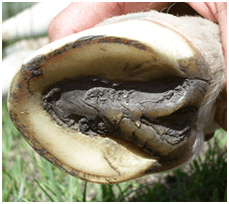
This brings us to the next piece of the hoof: the bars.
Let’s look at our own nails for a moment. They don’t wrap all the way around our fingers or toes, but what do they do at the edge, where they do stop? They curl slightly.

Some curl more than others. Let’s imagine a toenail or fingernail that DID wrap about ¾ of the way around your finger. Let’s say it DID curl in at the ends. What would that look like?
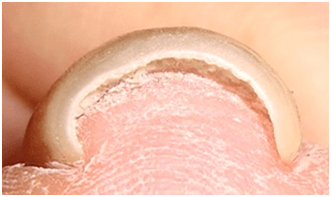
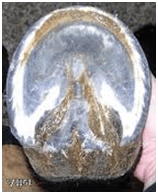

Do you see it? Left to right I have sketched, roughly, the curve of the human nail (plus its little “edges” that curl in) and imagined it growing even further around our finger. The end result is not dissimilar to how a horse hoof looks. See the black hoof above? I picked it to visually highlight the hoofwall and how it ties into the bars, which are conveniently white in this hoof. You can clearly see that the line of horse hoof grows around the rim, and then “darts in” to create the bars.
Your bars and your hoofwall will have the same feel to them, as both the wall and the bars are in contact with the ground and so will need a similar durability. Below, you can see again, the hoofwall and bars are clearly made out of the same material, as different from the rest of the sole.
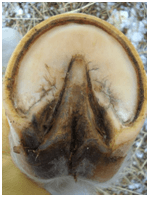
If I had to imagine a foot absorbing shock, I’d imagine a pair of these:

I’d want the heavy bits in the middle and a definite, rigid edge all along the outside. I would have spring in the middle to absorb shock. But a horse’s hoof doesn't go all the way around, and this type of “foot” wouldn't be very agile, as those rubber bands would allow too much wiggle and spring. So how does the hoof absorb shock?
Well, we saw the digital cushion, but that’s inside, that must be secondary. Obviously the outside of the foot hits the ground before the inside does (ew!) so what on the outside can move? When we looked inside, we saw this:
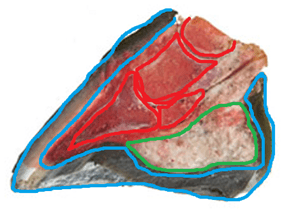
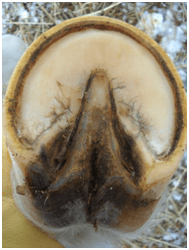
We saw the coffin bone snugged up in front and the digital cushion like a hippy-bean-bag in the back. We figured horses landed heel first instead of toe first. From the bottom of the foot, we can see that the toe doesn't have built-in elastic. It can’t expand. But what about where the bars curl in and the frog begins? That’s not a solid edge.
Have you ever seen the inside of a thermostat, that coil?
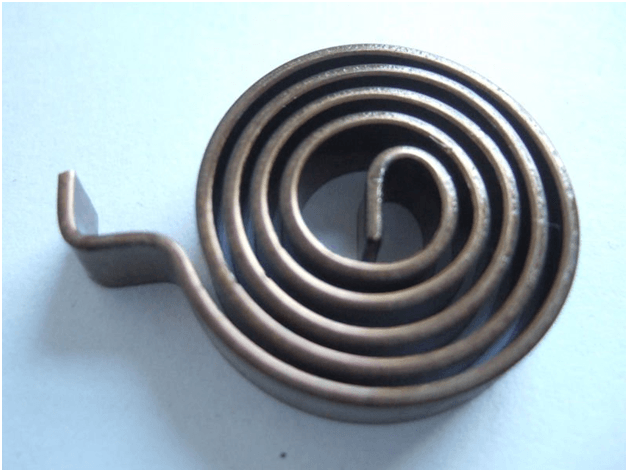
The concept of a coil is to fix the two ends to something and twist. The metal coil just contracts or expands slightly, not really changing its curve or shape, sort of like the hoofwall.
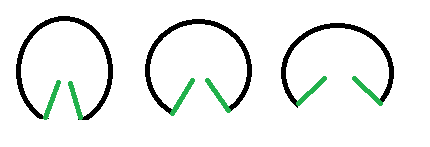
The hoofwall and bars are built like a naturally coiling thermostat. I think we figured out where the elastic is too. It’s a property of the frog. It looks and feels completely different than the hoofwall, the bars or the sole. At least the sole and hoofwall/bars are “similar”. The frog? Totally different. So it stands to reason that the frog has an entirely different purpose than the walls, bars and sole.
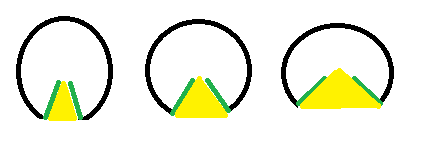
Now, I know the hoof doesn't expand THAT wide on every footfall, but expand it does. Some have called the frog the “heart” of the horse’s hoof, which is kinda true and kinda not, which we touched upon in the last blog.
And this brings us to the next topic: The Hoof is FRUSTO-CONICAL.
Frusto-WHAT? You’ll have to find out in the next blog.
Holly Jonsson

Director of Sales
Through a lifetime of "horse crazy" and the fortunate experience of riding nearly every shape and size of horse, I got to see a wide array of hoof shapes and sizes. No Hoof, No Horse is very true to me. I want to ensure that horses on every continent have a variety of footwear to pick from, to ensure the best match is found. I want your partner to be happy from the ground up!





